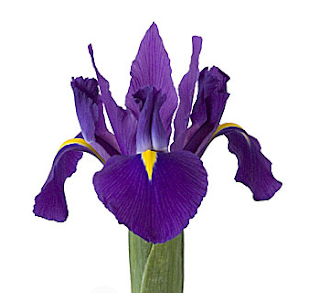Happy Star Wars Day!!
May the 4th be with you.
Love,
Your favorite nerdy florist,
 As part of our 125th Anniversary celebration
at Stein Your Florist Co. we are sharing a year of floral education, November
1, 2012 thru October 31, 2013. Each day we will post something new on our Facebook page to share
our knowledge of our favorite things, flowers and plants and we'll be updating
our blog every 5 days or so. No need for pencils and notebooks, just sharing
some simple lessons in floristry.
As part of our 125th Anniversary celebration
at Stein Your Florist Co. we are sharing a year of floral education, November
1, 2012 thru October 31, 2013. Each day we will post something new on our Facebook page to share
our knowledge of our favorite things, flowers and plants and we'll be updating
our blog every 5 days or so. No need for pencils and notebooks, just sharing
some simple lessons in floristry. Day 163 - Roses are edible flowers. From ancient times
they have appeared at feasting tables as bouquets and as food. The flavor of
roses is varied as the colors. The sweet, tart or spicy petals are easy to use
and popular additions to any kitchen. Light-color roses are more sweet or light
in flavor. Darker roses have more aroma and flavor. Taste a rose petal to
decide where it belongs on your menu.
Day 163 - Roses are edible flowers. From ancient times
they have appeared at feasting tables as bouquets and as food. The flavor of
roses is varied as the colors. The sweet, tart or spicy petals are easy to use
and popular additions to any kitchen. Light-color roses are more sweet or light
in flavor. Darker roses have more aroma and flavor. Taste a rose petal to
decide where it belongs on your menu. |
| Steins at Sunset Florist (our Burlington, NJ location) employees Chris and Jessica can't believe how huge these leaves are! |
 Day 92 - The iris's mythology dates back to Ancient Greece, when the
goddess Iris, who personified the rainbow (the Greek word for iris), acted as
the link between heaven and earth. It's said that purple irises were planted
over the graves of women to summon the goddess Iris to guide them in their
journey to heaven. Irises became linked to the French monarchy during the
Middle Ages, eventually being recognized as their national symbol, the
fleur-de-lis.
Day 92 - The iris's mythology dates back to Ancient Greece, when the
goddess Iris, who personified the rainbow (the Greek word for iris), acted as
the link between heaven and earth. It's said that purple irises were planted
over the graves of women to summon the goddess Iris to guide them in their
journey to heaven. Irises became linked to the French monarchy during the
Middle Ages, eventually being recognized as their national symbol, the
fleur-de-lis.